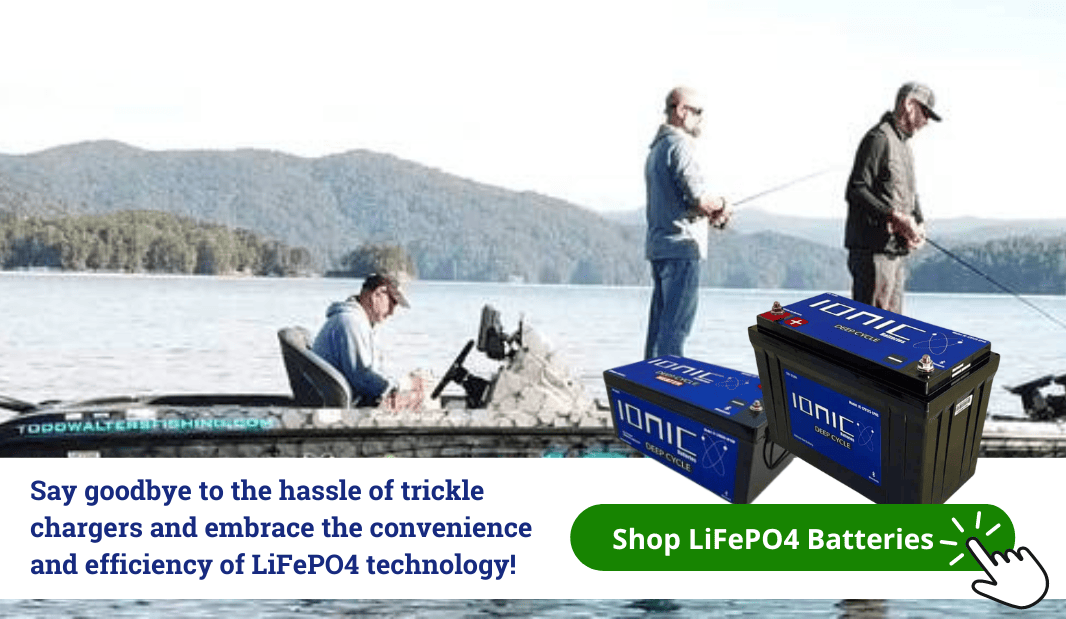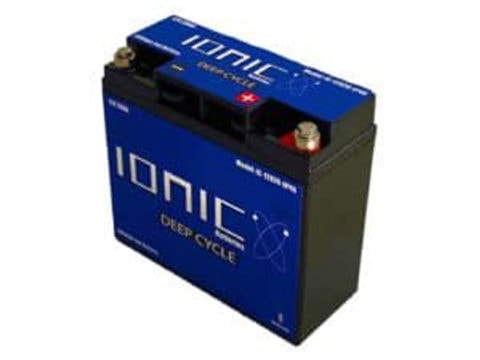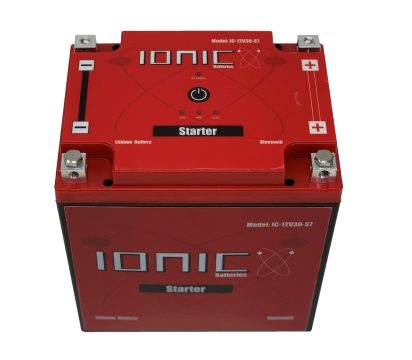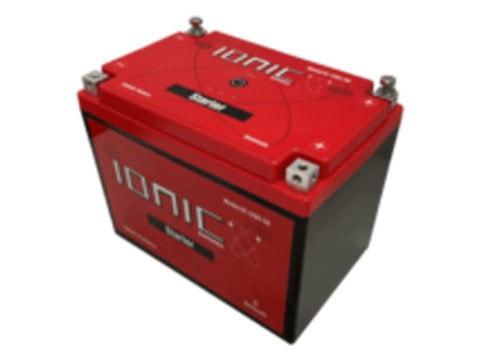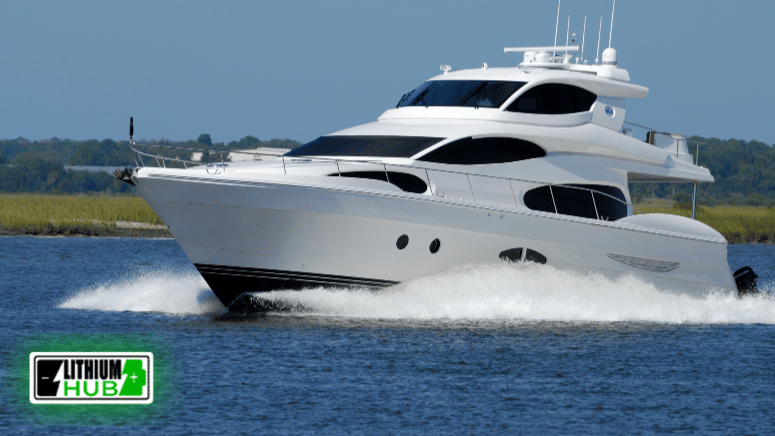Trickle chargers. Let’s take a deep dive and cover everything you need to know about them. The thing is, replacing the AAs in your remote is easy, but our bigger toys are different. Boats, RVs, lawnmowers, UTVs – they all need big batteries. And big batteries need charging instead of replacement (and regular maintenance too, unless you have LiFePO4 batteries). It sounds simple enough, but it can get a little tricky.
For one, there’s an ocean of chargers on the market, and it can be hard to know exactly what you need. This blog will help you hone in on and understand one type of charger on the market – the trickle charger. (And we’ll cover the batteries that need them too.)
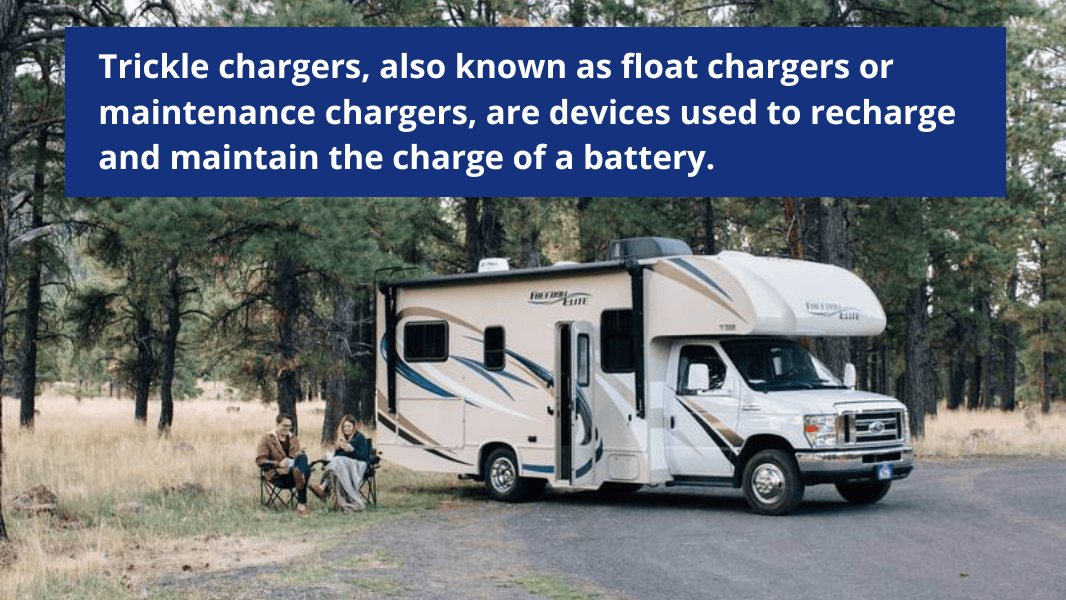
What are Trickle Chargers?
A battery trickle charger works over time to slowly charge a battery. Some run overnight. Others are designed to charge a battery for months on end. It’s important to check the manual to see what yours does. These chargers are designed for lead and AGM batteries (LiFePO4 doesn’t need them).
The slow charge it gives prevents issues that arise from fast charging. Other types of battery chargers deliver a high output of consistent charge. They might work fast, but risk damaging the battery. Now when we say trickle chargers charge slow, we mean slow… And that’s great. Many think fast is best, and if you have LiFePO4 batteries, fast is best. But trickle chargers, as slow as they are, are very valuable for other battery types.
Here’s how:
- The ‘trickle’ lowers the risk of overcharging. Both fast charging and overcharging can damage a lead acid battery.
- Your trickle charger can keep the battery charging to combat self-discharge.
- They also prevent sulfation, which can happen when batteries are left unused for long periods. This build-up of sulfate crystals depletes its performance over time.
- Trickle chargers can also keep the battery warm. Cold conditions damage batteries. Swelling and cracking caused by the cold make lead batteries unusable.
The Cons of Battery Trickle Chargers
Trickle chargers can and do work great, but they aren’t foolproof. Like every charger, they should be monitored. They can cause the same risks we see with their faster counterparts. That is, overheating and overcharging the battery when not used properly. They can also fail to charge completely dead batteries. Generally, you’d have to invest in a trickle charger before, so you never reach that stage. This could cause a shock if you leave one on your lawnmower over the winter to discover in spring it wasn’t charging, and now you need a new mower battery.
Other problems arise from the battery type. Lead batteries can become damaged or unusable if left to lose their charge. Also, while most modern trickle chargers have safety features that prevent them from overheating or overcharging, some do not. If you have a trickle charger that doesn’t shut off you risk damaging the battery if you leave it on too long. Moral of the story? Always check to make sure your charger has overcharge protection and voltage regulation.

What Are Trickle Battery Charger Alternatives?
If you’re in the market for a new battery, keep this in mind. There are more than just lead batteries. Lithium batteries last longer, hold more charge, and are safer than lead acid batteries and other types. LiFePO4 batteries negate the need for a trickle charger in more ways than one. That said, if you want to stick with your lead acid batteries for now, our “smart” chargers do stop charging automatically to prevent overcharging, and then switch to a trickle charge to maintain.
Bluetooth technology means you can always see what charge your battery is at. This prevents overcharging your charged battery, which we know can damage our batteries. If you happen to deplete your battery, it’s safe to recharge without it becoming unusable or dangerous. The built-in BMS (battery management system) will help prevent damage as well. It can sense when conditions aren’t right to charge your battery. If it’s too hot or too cold, it won’t charge. All these features allow you to avoid the guessing game when it comes to how to charge your battery. And that sulfation we talked about earlier? No problem with lithium batteries. They can handle state-of-charge conditions better than lead batteries.
LiFePO4 lithium batteries come in many sizes and can be used in all your toys. From boats and RVs to golf carts and lawnmowers. You can be confident that lithium batteries will be more efficient and effective, thanks to being lighter, able to charge faster, having more battery longevity, and lasting many years longer.
Final Thoughts
Trickle chargers are great when it comes to lead acid batteries. But are lead acid batteries great to begin with? Well, we can’t promote lousy products – lead acid batteries just aren’t up to par in today’s age of advanced battery technology. Compared to lithium it really is a guessing game. Getting a battery that lasts longer, is safer, and can even update you on its condition is a foolproof way to avoid problems before they happen.
Just about any of the vehicles and toys you can think of are compatible with lithium batteries. Check out LiFePO4 and see if you can make the switch. You’ll thank us if you do.


